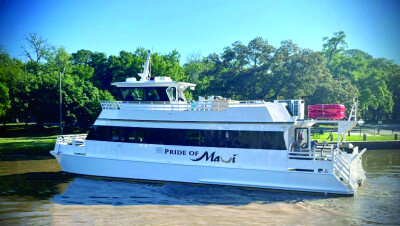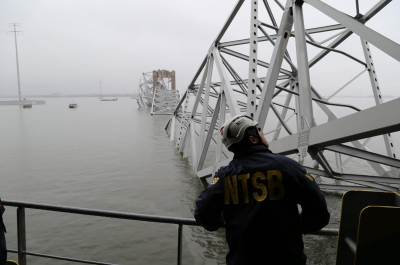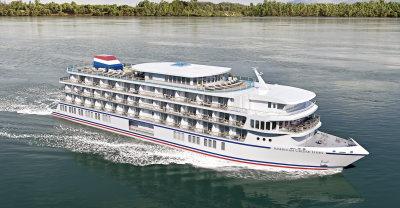At noon on Monday, the Mississippi River near Knox Landing, La., was at 58.38’ — midway between flood stage and the record stage of 66.26’ in May 2011, the year of the Great Flood.
Water levels throughout the inland system have been a logistical headache for barge operators for most of the year with the Illinois and Missouri rivers especially hard hit.
The high water “has delayed our ability to get goods to the Gulf,” said Rick Calhoun, president of Cargill Inc.’s Cargo Carriers, which has 1,300 barges. And since the grain can’t move out, farmers can’t deliver more to already full elevators.
Longer term, he’s concerned that if the June and July grain isn’t shipped until August there might not be enough barges available up north for the harvest. “The fleet would be somewhat out of place for normal movements,” he said.
“It’s kind of late in the year to have this kind of high water,” said Lynn Muench, senior vice president-regional advocacy for the American Waterways Operators (AWO). “A lot of barges are sitting in Cairo (Ill.) just waiting to go north.”
AWO is still adding up how many barges are stranded. “The good news is it’s not the busiest time of the year,” she said. Still, “the whole system is feeling some of the pinch.”
In Vicksburg, Miss., for example, the gauge sat at 45.66’, several feet above flood stage but below the 2011 mark of 57’10”. The U.S. Army Corps of Engineers said that 1928 was the last time that the Vicksburg gauge was higher than the current forecasted crest in the month of July. But in comparison, this crest is still over 12’ lower than it was during the spring flood of 2011, the Corps said.
Flooding closed the Illinois River for several days last week from mile 30 to mile 90, according to the Coast Guard. It also was closed from June 29 to July 3.
Travel through Vicksburg and Memphis, Tenn., bridges was restricted to daylight only. But year-to-date, downbound barges have carried 17.5 million tons of grain, about the same as last year, and 13% higher than the five-year average, the USDA’s Agricultural Marketing Service (AMS) said.
On the upper Mississippi River, southbound tows more than 600’ (excluding towboat) were restricted to daylight hours, the Coast Guard said. Each loaded barge required a minimum of 250 hp, and northbound tows had to have enough horsepower to maintain a 3 mph minimum approaching the St. Louis Harbor Bridge.
On the lower Mississippi, the Coast Guard issued an extreme high water safety advisory from mile 869 to mile 303 “due to hazardous conditions associated with strong currents, severe outdrafts, missing/off station aids to navigation and diving buoys.” Depending on readings at gauges from Memphis south — which already were at or above the Coast Guard advisory limits — downbound vessels had to have at least 280 hp per barge with a maximum of 36 barges, and vessels with less than 6,000 hp were restricted to 20 barges.
At the Carrollton gauge in New Orleans, the midday Monday level was 15.41’. If it gets to the 17’ flood stage, the Coast Guard will start coordinating restrictions and advisories with the Corps, said Lt.Cmdr. Howard Vacco. The record is 21.27’ set in April 1922.
With the gauge already above 15’ the Corps in New Orleans has started daily patrols of levees along the river from Baton Rouge, La., to Venice, La. The Corps’ river gauge statistics are available at: http://rivergages.mvr.usace.army.mil/WaterControl/new/layout.cfm.




